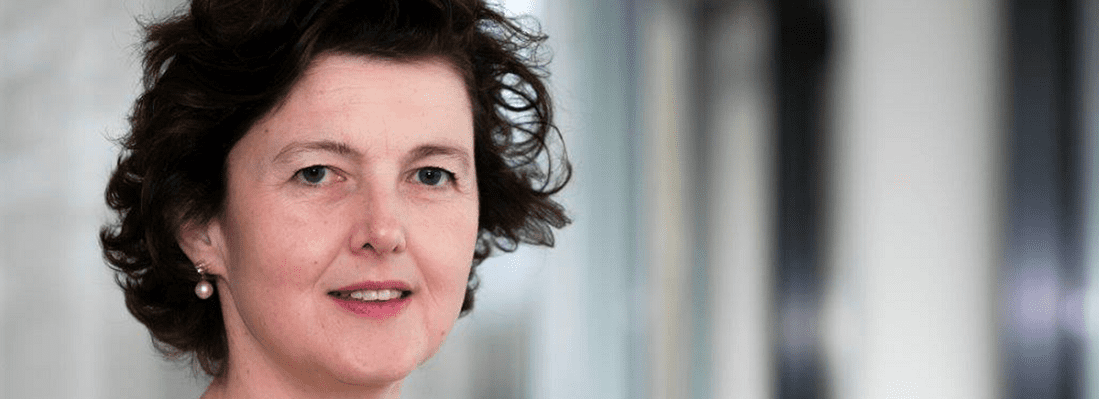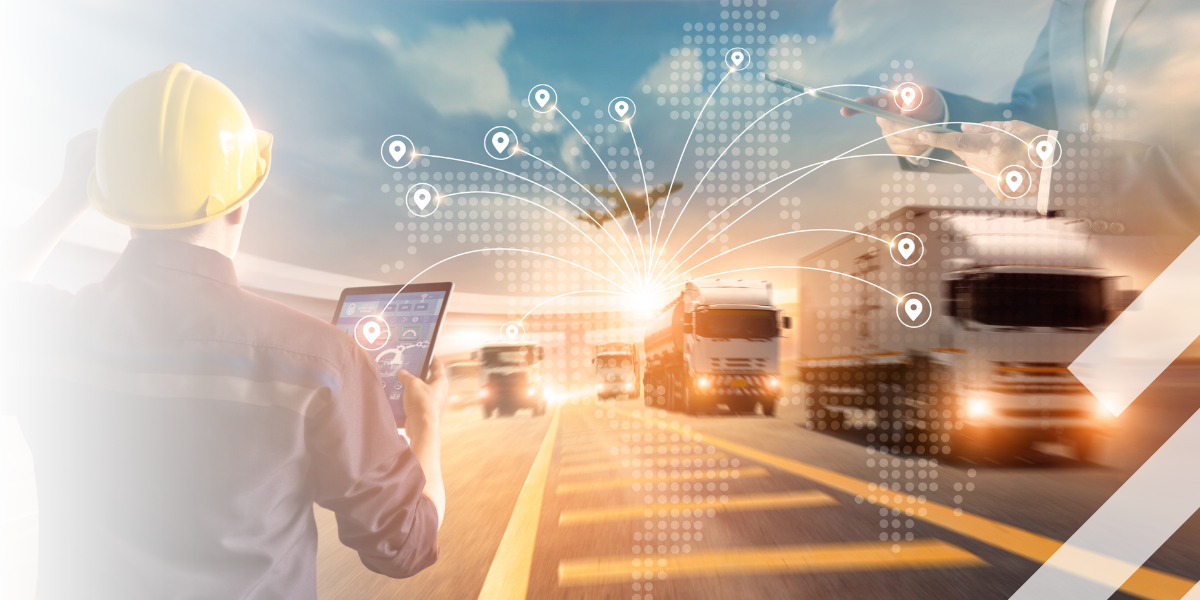Loading component...
SPEEDING UP THE MOBILITY TRANSITION: Lindy Molenkamp, province of Noord-Holland

With the continuous growth of the population and ongoing urbanization there are numerous mobility challenges. Sustainability, safety and societal impact are amongst our daily concerns. We need to speed up the mobility transition to keep up with the fast changing global dynamics, which requires inventive approaches and better solutions. In this series we share inspiring and innovative cases from all over the world. Lindy Molenkamp is a director of the province of Noord-Holland. How does Noord-Holland speed up this mobility transition?
Noord-Holland's roads and waterways are heavily used. The province, including the Netherlands’ capital city of Amsterdam, has almost 3 million inhabitants, and a road network of over 13,000 kilometres, utilised by almost 1,3 million vehicles a day. Until 2040 an additional 250.000 homes will be built in the province of Noord-Holland. Without measures, this would lead to 40% more traffic. Emissions have a major impact on the environment and people's health. On top of that, since 2015, the number of traffic casualties has increased and everyday people are injured or even killed in traffic. Mobility is essential for the functioning of people and business. However, mobility has negative impacts. For everyone's benefit: this must change! The province of Noord-Holland is strongly committed to mitigating those negative effects.
‘-We visualize our mobility not to be a constraint on space but a welcome addition to the functions in urban and rural areas.’-
In the future, we visualize our mobility to be environmentally clean and safe. It contributes to societal needs for accessibility and to a sustainable, liveable province. For everyone. Our mobility is not a constraint on space but rather a welcome addition to the functions in urban and rural areas. Travelers make the right choices based on exact information about the situation on the road, in public transport and weather conditions.
In order to facilitate both effective, safe and sustainable mobility we need to rethink the entire system. First of all, we must change the fuel of our vehicles to other sources of energy, such as clean electricity or hydrogen. Which also means that we have to adapt the complete energy supply infrastructure. Secondly, there is a huge challenge to make vehicles safer. Automation can help. However, in the first phase it might even be more challenging to combine highly autonomous vehicles and less autonomous ones.
-‘For effective, safe and sustainable mobility we need to rethink the entire system.’-
In order to communicate, we need to make better use of our data and upgrade our information systems. Systems that are more responsive to the needs of citizens can improve our journeys. With these needs comes a behavioural aspect: the automatism of people to go with their own car, has to change. Owned cars just take up too much space, especially in densely populated areas such as this province. If we use our data in a smarter way, based on responsive information we can make a better choice whether to travel by car or take the train instead. Smart mobility solutions and platforms could give us more accurate and real-time information of shared cars available.
-‘The province of Noord-Holland aims at most modalities to be shared in 2030, from public transport to cars and bikes.’-
Something that can really make a big impact, is shared transport. When the sun is shining you take the e-bike and when it rains you take a shared car. So you can have suitable transport for any type of weather or trip. Mobility as a Service gives us the opportunity to catch the right vehicle for you, at any time of the day. This makes it easy, fun and sustainable to travel from A to B! We expect that this will result in a more conscious choice of the right method of transport, so that we can make a major contribution to the environment. In 2030 the province of Noord-Holland aims at most modalities to be of "shared"nature, ranging from public transport to cars and bikes.
Since 2014 the province of Noord-Holland has started several projects involving smart mobility. The province uses data to optimize traffic infrastructure. We are working very hard on collecting reliable data for all aspects of mobility, such as road works, traffic jams, bridge openings, travel times in public transport. Our road and water traffic communicate with each other to make sure that Noord-Holland remains as liveable and accessible as possible. We installed intelligent traffic lights, so called iVRI’s, on 13 intersections on the provincial roads in the area of Schiphol Airport. The information enables us to give specific target groups, such as cyclists, emergency vehicles, public transport or heavy transport, priority over regular traffic. Within the upcoming years we hope to have replaced all 5,500 traffic lights in the Netherlands with intelligent ones.
-‘A platoon of 7 connected cars showed that cars pass an intersection much faster.’-
We want to make sure that in 2030 large parts of our car and public transport fleets are much safer. Together with car manufacturers and knowledge institutes we are experimenting with autonomous driving. This already gave us interesting insights. An experiment with a platoon of 7 connected cars (Cooperative Adaptive Cruise Control) actually showed that by sharing and connecting data, cars will pass an intersection much faster. Not only should mobility become smarter; us, humans, too. If we make more use of autonomous driving in public transport in the future, we can use former bus drivers to set up a service for elderly or disabled people who could use a shuttlebus for first and last miles.
Next to improving safety and accessibility, we have been stimulating electric driving and driving on hydrogen by setting up more charging stations. And we are looking into legal instruments to prevent polluting vehicles to enter city centres and nature reserves.
-‘We don’t want to stick to experiments; we want a mobility transition.’-
I often wonder how our children go to work in 2040. Do they travel in a shared autonomously driving car, or is that still a long way to go? Speeding up the mobility transition is not easy. It comes with challenges. We are currently in a transition phase, investigating the possibilities and impossibilities of different scenarios. The next challenge is to actually get things done and scale up. We don’t want to stick to experiments; we want a mobility transition. In order to achieve this we need to collaborate with other governments, companies and research institutes. We need many new or improved standards on a national, European or even world-wide level. More importantly, we need to keep involving the inhabitants and visitors of the province and listen to their needs. Only together we are going to speed up the mobility transition.
Lindy Molenkamp is a director of the province of Noord-Holland. The department is constantly working on safe traffic and an accessible region. Innovation is paramount in this.



